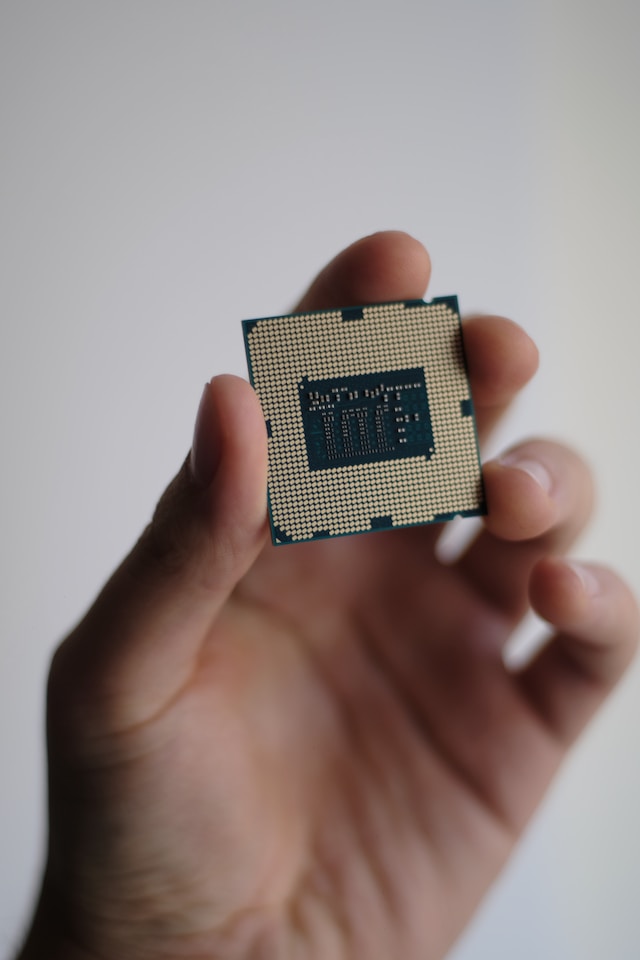In a highly anticipated event, chip companies and influential US officials converged in a crucial meeting to address one of the most pressing issues of our time—China policy. The outcome of this meeting holds significant implications for the semiconductor industry and the broader geopolitical landscape. This article delves into the highlights of the gathering, providing insights into the discussions that unfolded and their potential impact on the future of both chip companies and US-China relations.
Key Meeting Highlights
- The Importance of China Policy:
The meeting commenced with a shared acknowledgment of the critical role played by China in the global semiconductor supply chain. Chip companies emphasized the need for a comprehensive and coherent China policy that balances economic interests, national security concerns, and technological leadership. US officials echoed this sentiment, emphasizing the importance of maintaining a competitive edge while safeguarding sensitive technologies.
- Ensuring Supply Chain Resilience:
The participants extensively discussed the need to enhance supply chain resilience, particularly in light of recent disruptions and the growing complexity of global trade dynamics. Chip companies emphasized the significance of diversifying supply chain dependencies to reduce risks associated with concentrated manufacturing and sourcing activities. US officials pledged to work closely with industry leaders to develop strategies that foster a resilient and secure supply chain ecosystem.
- Addressing Intellectual Property Concerns:
Intellectual property (IP) protection emerged as a major point of discussion during the meeting. Both chip companies and US officials recognized the urgency of safeguarding valuable technologies from unauthorized acquisition or misuse. Efforts to enhance IP protection mechanisms and ensure fair trade practices were explored, with an emphasis on balancing innovation incentives with global collaboration.
- Promoting Innovation and R&D:
Recognizing the importance of sustaining technological leadership, the meeting highlighted the need for increased investment in research and development (R&D). Participants stressed the significance of public-private partnerships to drive innovation, enhance domestic chip manufacturing capabilities, and reduce reliance on foreign technologies. Discussions also revolved around strategies to bolster the recruitment and retention of top talent within the semiconductor industry.
- Coordinated Approach to Export Controls:
The meeting witnessed in-depth discussions on export controls, acknowledging the pivotal role they play in safeguarding national security interests. Participants deliberated on the need for a coordinated approach to export controls, ensuring alignment with international standards while preserving technological competitiveness. Transparency, collaboration, and close coordination between chip companies and US officials were identified as essential elements of an effective export control framework.
Conclusion
The meeting between chip companies and top US officials provided a platform for critical discussions surrounding China policy, underscoring the significance of cooperation and collaboration in addressing the complex challenges faced by the semiconductor industry. The discussions touched upon various crucial aspects, including supply chain resilience, intellectual property protection, innovation, and export controls. The outcomes of this meeting will shape the future direction of the semiconductor industry and play a vital role in defining US-China relations.
As chip companies and US officials continue to work together, it is imperative to strike a delicate balance between economic interests, national security concerns, and global cooperation. A strategic and well-defined China policy will be essential to navigate the evolving landscape of the semiconductor industry and ensure its continued growth and relevance in the years to come.












